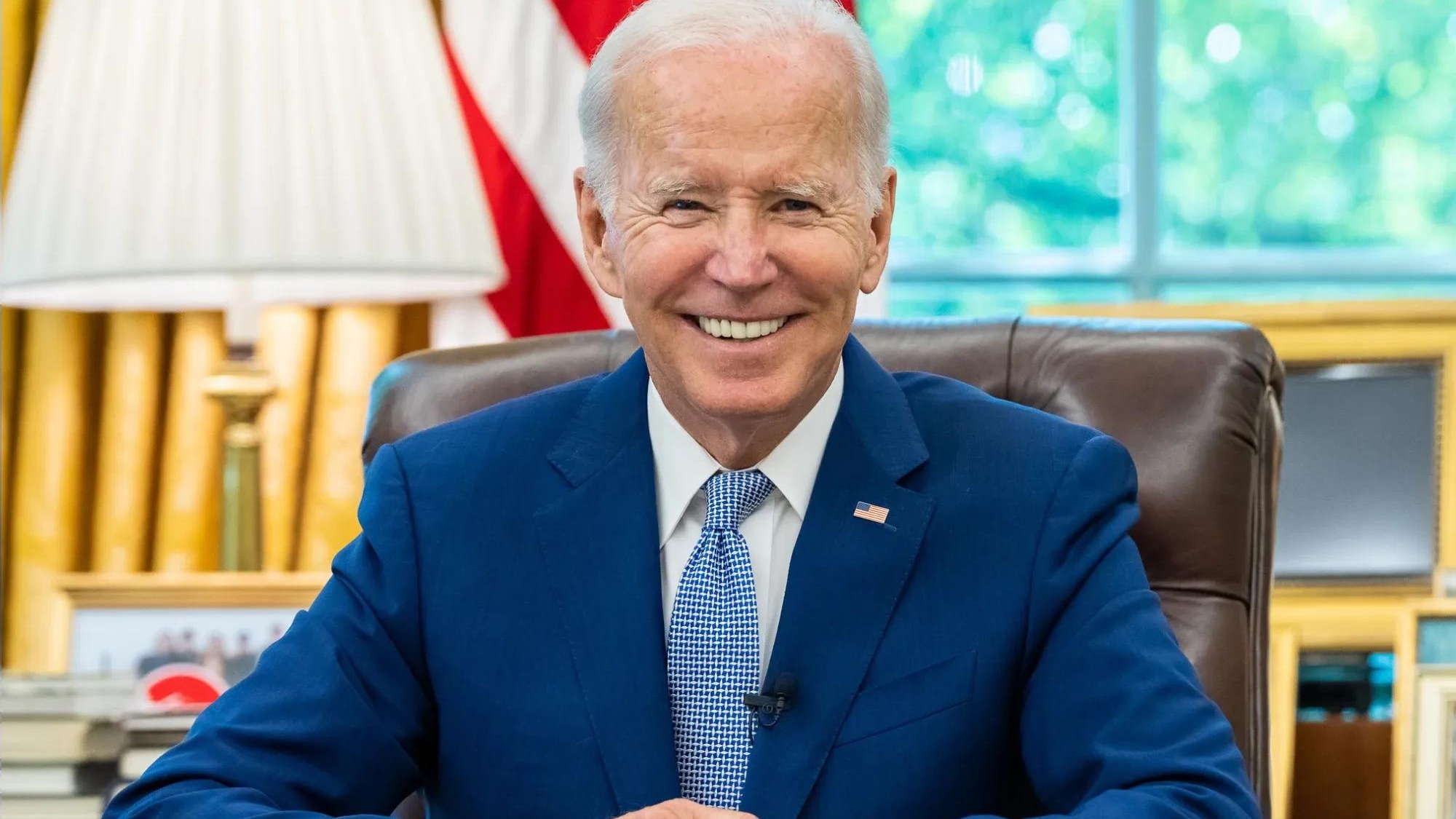
Harnessing the Power of Personal Connections in Leadership
At SHRM 2025, former President Joe Biden captivated human resources professionals by asserting that true leadership hinges on personal connections. Addressing a packed room in San Diego, he emphasized that understanding and valuing each team member is fundamental. He stated, "The strength of a team comes down to the individual people on that team, whether they feel valued, whether they feel supported.” This perspective not only aligns with the principles of people-first leadership but also resonates with the pressing need for employee engagement in today’s workforce.
The Human Element of Workforce Strategy
“It’s business, not personal” has often been the mantra in many corporate cultures, but Biden challenged this notion. He highlighted the importance of empathy and connection, insisting that real leadership is about getting personal and remembering important life events, like birthdays. Such recognition fosters a high-performance culture where employees feel seen and valued. Leaders who prioritize these personal connections are likely to see improved employee performance and retention—key facets of an effective workforce strategy.
Lessons From Personal Leadership Style
Biden shared a personal anecdote to illustrate his approach to leadership; he recounted taking a train home to celebrate his daughter’s birthday before heading back to Congress for a crucial vote. This commitment to family underscores the essence of people-first leadership, a philosophy that champions work-life balance and interconnectedness.
Future Implications: Transforming HR Practices
This approach presents a valuable opportunity for CHROs and operational leaders to review and revamp their talent management strategies. Moving forward, organizations should consider how to incorporate personal connections into their HR metrics to enhance employee engagement and optimize workforce performance. By embedding empathy into their succession planning and leadership development protocols, companies can create an environment that not only attracts top talent but also retains it.
Actionable Insights for Modern Leaders
As organizations gear up for a workplace that demands authenticity and personal connection, here are actionable insights:
Remind your team of key personal milestones—doing so reinforces that each individual’s life matters beyond their role at work.
Encourage open dialogue—foster an environment where employees can share their personal stories and challenges, helping to create a supportive workplace.
Lead by example—demonstrate how personal accountability and connections can foster a more resilient and engaged workforce.
Biden's call to action at SHRM 2025 serves as a wake-up call for leaders to cultivate a culture that places people at its heart. It's time to rethink leadership as a personal endeavor rather than merely a position of authority.
 Add Row
Add Row  Add
Add 




Write A Comment